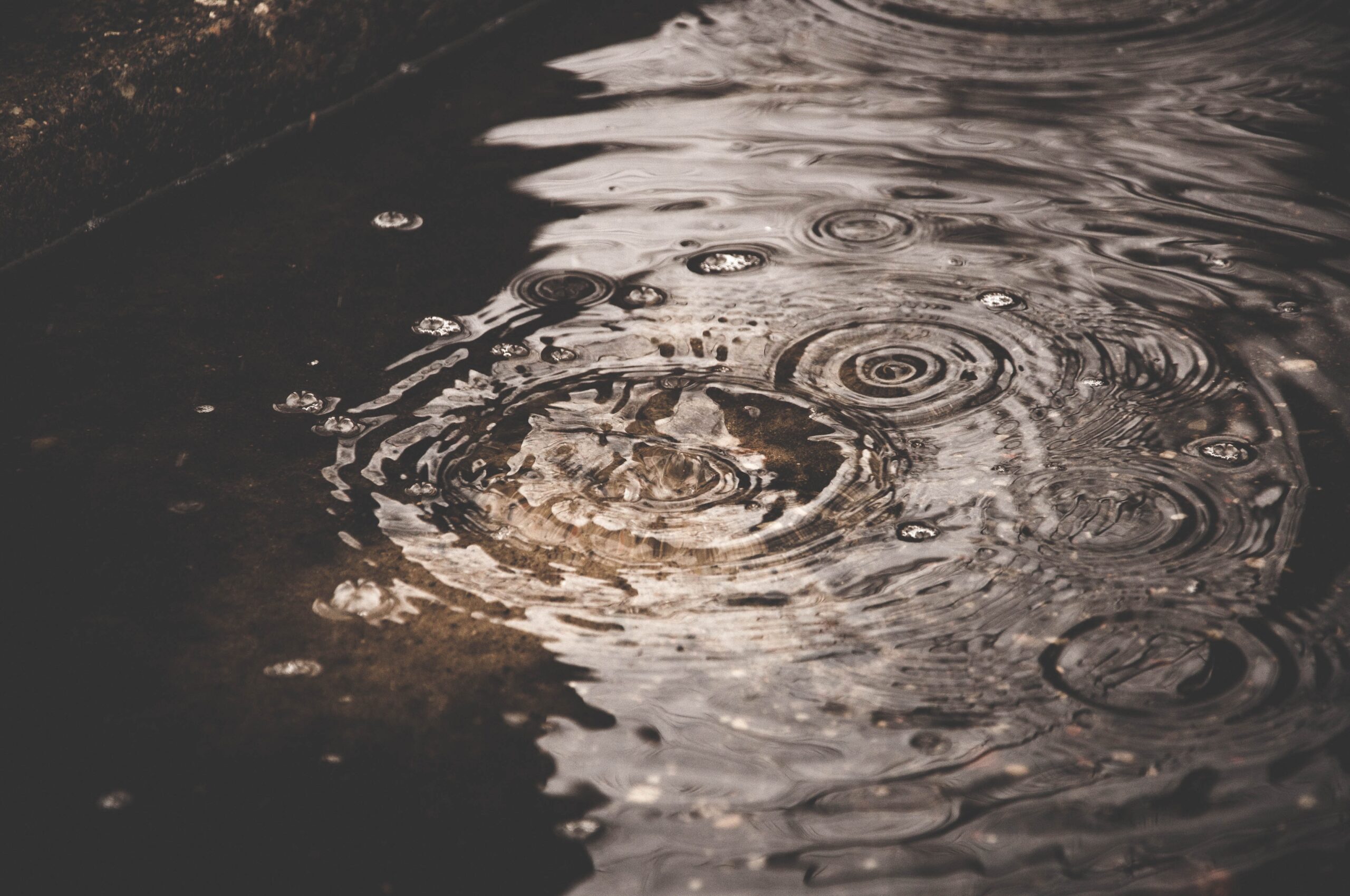Measurements of Water Quality
Ben Houston, GroundPoint Engineering
Water quality is determined by a variety of different indicators, including water temperature, the particulates in the water, and the levels of different nutrients. Keeping all of these factors within a healthy range helps the stream, and the land around it, to remain healthy.
Hydropower can result in changes to water level and flow, potentially impacting four main water quality characteristics:
- temperature
- nutrients
- water chemistry
- sedimentation
Temperature
Temperature changes in the stream are perhaps the greatest water quality concern when it comes to installing micro hydropower. Organisms living in the stream are used to a certain temperature range, and going outside this usual range can alter their biological processes. The two most common ways that temperature can be affected are by:
-
- Raising the height of the dam and increasing the size of the retention area.
- Removing water from the stream at the dam, and returning the water to the stream further downstream. This can cause an increase in water temperature in the stretch of stream that has lower water flow.
One additional way to help reduce temperature increases is through reforestation in the riparian zone, which includes the stream banks and floodplain. Planting vegetation with leaves that hang over the stream can help reduce the stream’s exposure to direct sunlight which can lower water temperatures.
Nutrients
Hydropower systems do not add or remove nutrients to the stream. However, nutrient concentrations can be affected if the flow of water down the stream changes. In particular, nutrient concentrations in any areas where bypass flow is needed to generate power should be monitored. One important consideration for nutrient changes is in areas near known wastewater treatment plant outfalls.
Nutrient levels and temperature changes are also related, meaning as one changes, it affects the other. For example, if the installation of a micro hydro system causes an increase in water temperature, that could cause an increase in algae and plant growth. This additional algae growth uses more nutrients and could then have an effect on water chemistry indicators like dissolved oxygen. These changes affect the stream habitat for other aquatic organisms.
Water Chemistry
The existence of a dam alters stream chemistry by changing water depths and the activity of the organisms living there. Examples of important indicators to monitor for resilience and ecosystem health include:
- Dissolved Oxygen
- Nitrogen
- Phosphorous
- Temperature
- Conductivity
- Turbidity
- Fecal Indicator Bacteria
- Salt (aka road salt)
Sedimentation
If installed on an existing dam, a hydro-electric project should not impact the sediment supply in a stream. There is no anticipated change in the overall sediment supply moving downstream resulting from a hydropower project. However, the construction process can create opportunities for sediment mobilization. Heavy machinery along stream can erode the banks and cause soil to the flow downstream, and any disturbance to the settled sediment behind the dam can affect water quality in the impounded area.
It is also important to remember that dams trap sediment and prevent it from flowing downstream beyond the dam. This means that sediment builds up on the upstream side of the dam over time, filling in the impounded area. Understanding this process for a specific site is important for long term dam operations.
In the Saw Kill Project, the Bard Water Lab‘s community based water quality sampling program has helped to establish baseline water quality conditions that can be used to assess current conditions in the stream.
Other Water Quality Concerns
Every micro hydropower site is part of the larger stream or river system. Events that happen upstream of a project may affect the water quality of your site. Knowing how your system affects the water quality at your section of the stream can help all involved stakeholders understand any changes to water quality along the stream.
There are other sources of water quality impact that may exist in the watershed that typically have nothing to do with hydropower installation. However, they may be important as part of the assessment of long term operation and maintenance of a dam and micro hydropower system, as well as the cumulative environmental impacts along the stream.


No responses yet